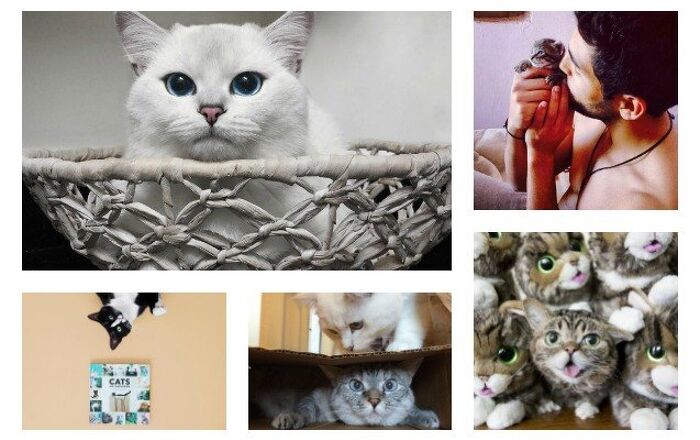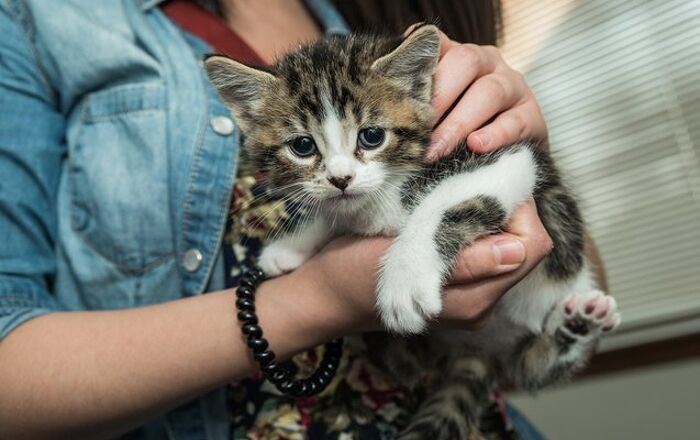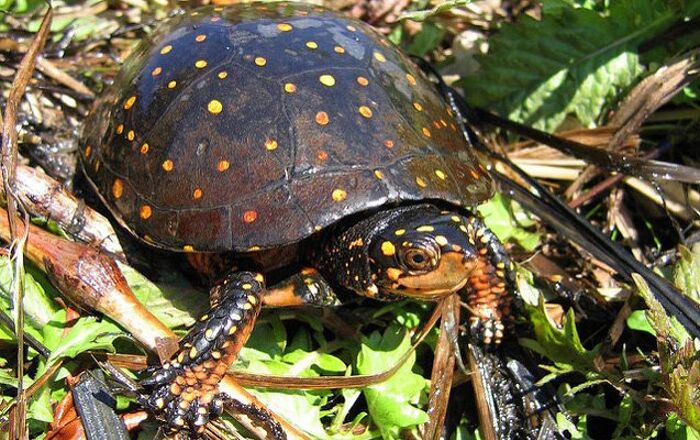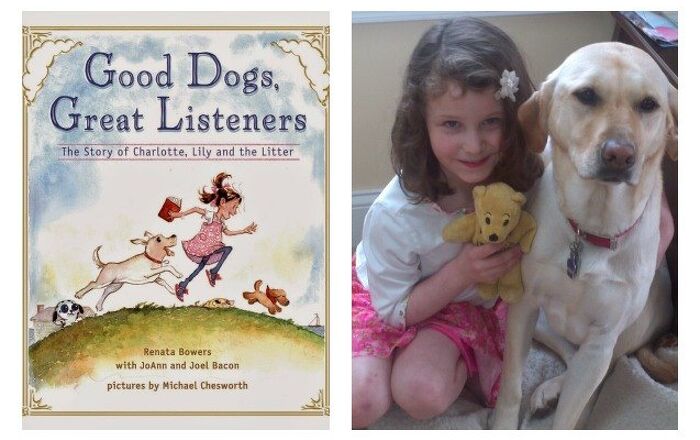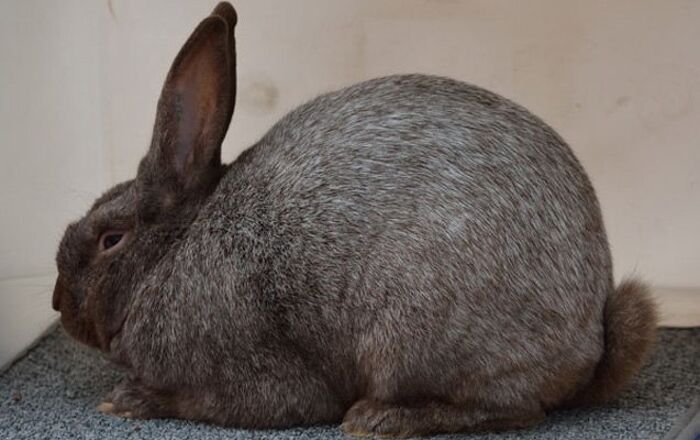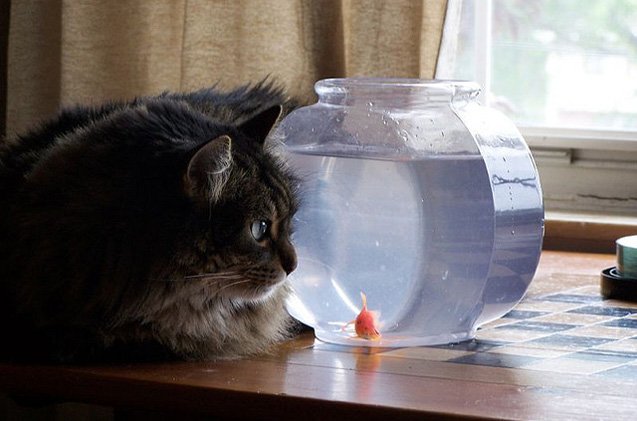
Something smells fishy! A few reasons to think twice before feeding your cat fish
Even though your cat may go crazy at the mere smell of fish and beg you to give him some, it really isn’t the best food for him. In fact, fish, especially when fed in large amounts or consistently over a long period of time, can actually do more harm than good to your cat’s health. Continue reading to learn more about why you should reconsider adding fish-based foods into your cat’s diet.
Fish is Addictive and Allergenic
Along with chicken, fish is a protein that cats will easily become addicted to, so the more you feed your cat fish, the more he’ll want it. But cats actually didn’t evolve to eat fish. Their desert-dwelling ancestors didn’t have access to water where they could hunt down fish, so they primarily fed on small rodents instead.
Feeding the same protein over and over again across a long span of time can result in allergies to that protein. The same holds true for fish, which is actually one of the most highly allergenic ingredients in cat food. Allergies, which result in inflammation, can manifest in a variety of ways, and the root cause may be difficult to pinpoint because the symptoms may be similar to other diseases. Respiratory problems like asthma, as well as skin conditions, can be the result of allergies to fish, so it is best to rotate proteins and eliminate or greatly reduce fish from your pet’s diet.
Fish Can Lead to Deficiencies
On top of potentially causing allergies, fish can also lead to deficiencies in thiamine, an important B vitamin, as well as vitamin E. Symptoms of thiamine deficiency include lack of appetite, seizures, and death. And a deficiency in vitamin E can lead to steatitis, also referred to as yellow fat disease, which can be fatal when left untreated.
Fish Can Be Loaded with Toxins
As a result of global pollution, fish is now one of the most contaminated sources of food. Toxic metals, such as mercury, as well as pesticides including DDT, and chemicals that include dioxin and PCBs, are commonly found in a variety of fish today, and they are especially concentrated in large fish like tuna and salmon.
A carcinogenic preservative called ethoxyquin is often added to fish meal, which is also susceptible to contamination from mycotoxins. What’s even more frightening is the fact that this preservative is added to raw fish before it’s shipped to a pet food manufacturer, so it may not be listed on the final product’s label. If you’re purchasing a product with fish meal as an ingredient, call the manufacturer and ask them if the food is ethoxyquin-free.
Fish Contains Too Much Iodine
Although iodine is an essential nutrient that the body needs to function at its best, maintain a healthy thyroid, and keep disease at bay, too much of it can result in hyperthyroidism. Fish is rich in iodine, and many pet food manufacturers make it a point to add an iodine supplement to their foods to ensure your cat is getting enough. Feeding too much fish, therefore, can result in too much iodine in the body, increasing your cat’s risk of hyperthyroidism, which is a difficult condition to treat unless it’s caught very early.
Fish Can Lead to Urinary Tract Issues
Fish is also high in magnesium, which can contribute to the formation of magnesium ammonium phosphate crystals, also known as struvite crystals. Many cats have this problem as a result of being fed an improper diet. Avoiding dry food, foods that are high in carbohydrates and grains, and fish-based foods can reduce the risk of your cat developing this painful and potentially deadly condition.
Is There Any Fish That’s Safe to Feed to Your Cat?
According to Dr. Karen Becker, DVM, fish contains omega-3 fatty acids that are important to the health of your cat. Feeding the right types of fish in small amounts will provide these fatty acids. Good options include sardines that are packed in water, but bear in mind that these can contain a lot of salt, so you don’t want to get any sardines that have had salt added to them, and only feed them sparingly to your cat. Wild caught salmon is another good option. Dr. Becker also recommends supplementing your cat’s diet with krill oil to provide omega-3 fatty acids if you opt to avoid fish altogether.


